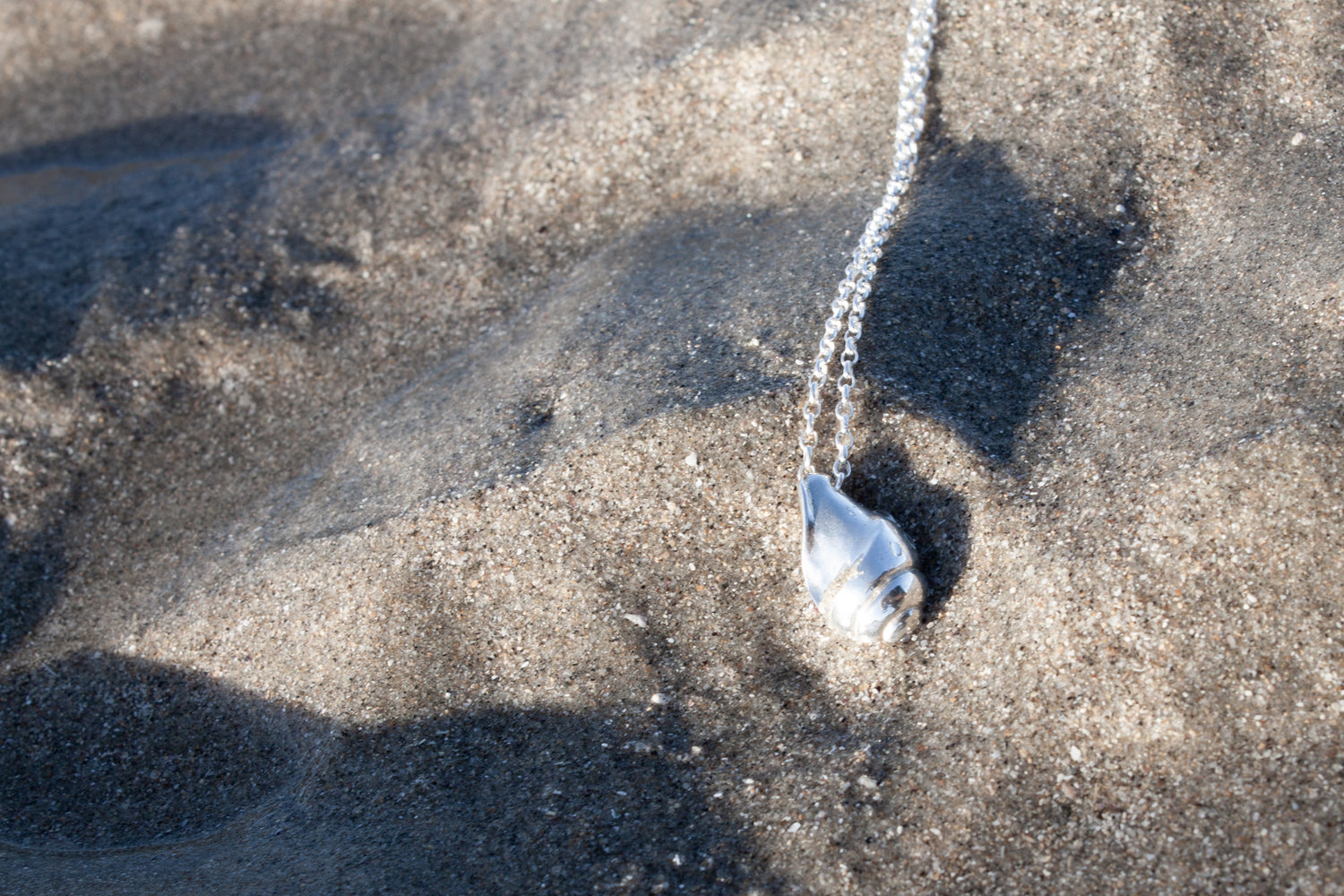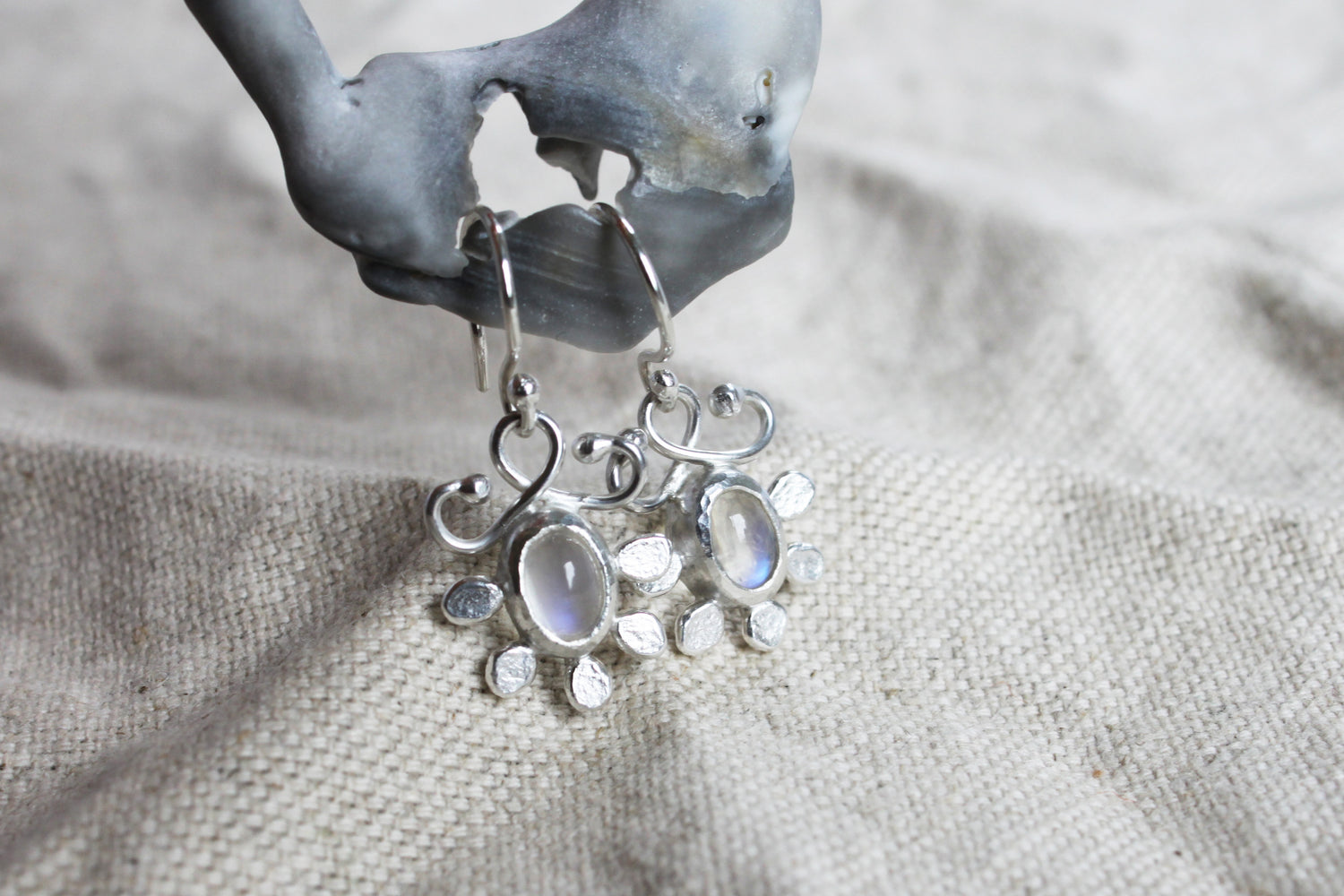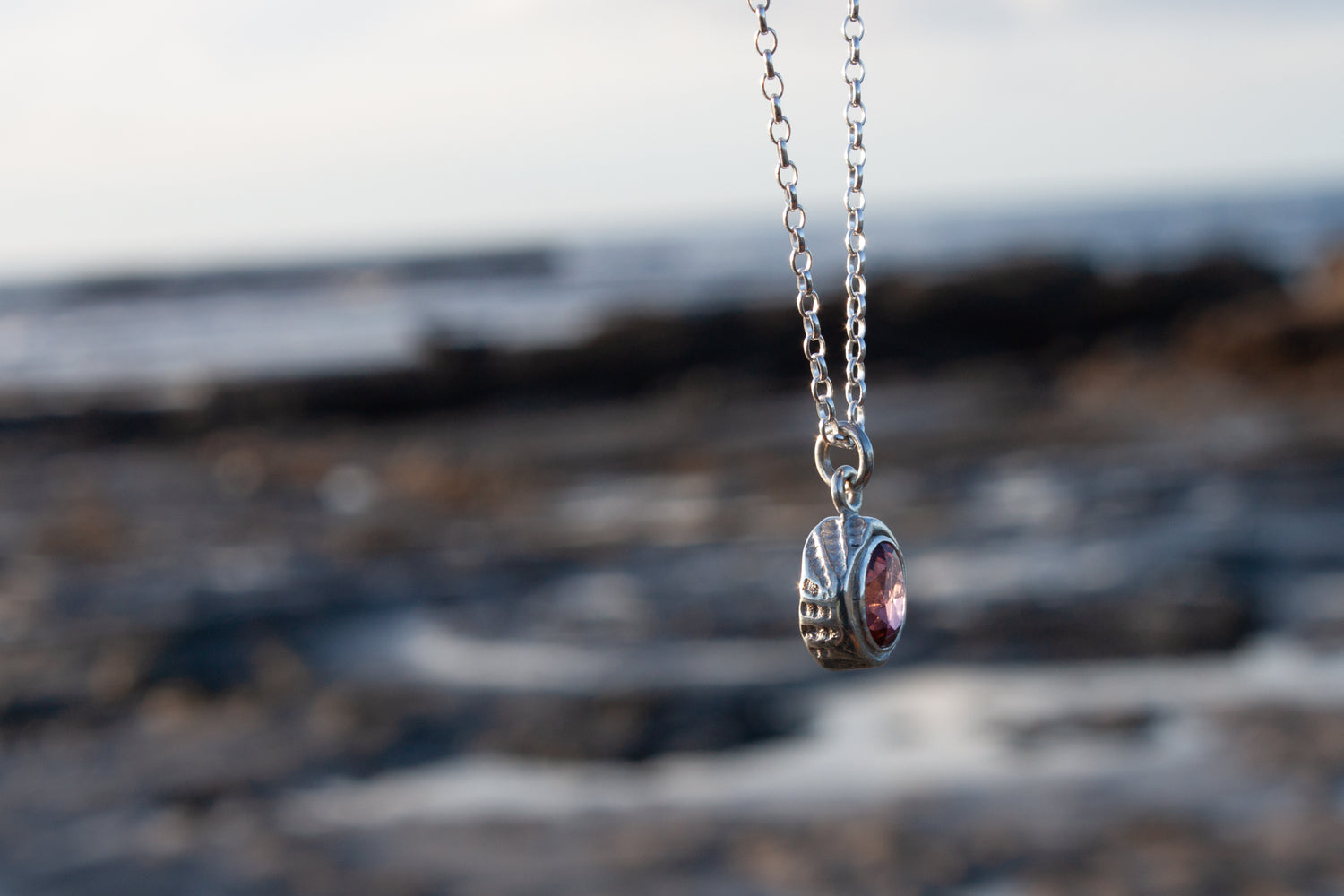SW Jewels' Commitment to Mother Earth & Her People
The havoc that mining wreaks on the natural world and the people and wildlife within it is no joke, so since the beginning of my jewellery-making career in 2011 I have been committed to crafting jewellery that is as sustainable, fair and safe and possible. This committment has meant that my methods and practices have grown and changed over time as I have been working and learning within an industry that is ever-changing. The jewellery industry is, and has been for a long time, constantly evolving within an incredibly complex system of frameworks, definitions and semantics. Thankfully, growing consumer demand for better transparency in their purchases has meant that these frameworks are slowly but surely funnelling towards a more transparent, simplified and most importantly safe and fair, future. To put it simply, these waters have always been murky but they are thankfully becoming clearer.
Here is an outline of the practices that are in place to ensure that all SW Jewels creations are as sustainable, safe and fair as possible:

Precious Metal Sourcing
All silver and gold in SW Jewels creations is 100% recycled. This includes sheet and wire stock that is ordered from a New Zealand refinery, as well as any silver and gold castings made using the lost wax method. All prefabricated silver and gold chain used in SW Jewels creations is made from recycled stock.
Gemstone Sourcing
You may have noticed that I use the term “consciously sourced” when speaking about the gemstones that I use in my jewellery creations. It’s difficult and often impossible to provide clear-cut evidence and definitions regarding the ethical concerns within the gemstone trading industry, so I have always employed the utmost care, research and consideration when buying any kind of precious or semi-precious stone for my practice. I will continue to do so as I move forward with ever-growing knowledge of the industry that I’m working within.
I have three methods of sourcing the gemstones that I use in my creations, which you can read more about below:

Preloved Gemstones
Preloved gemstones in SW Jewels creations have usually been sourced from other jewellers selling off old stock that they no longer have a use for. Some come from preloved jewellery found charity shops and vintage stores, though this is not as common as it is a more expensive means of sourcing.

Natural Gemstones
Newly-bought natural gemstones in SW Jewels creations are sourced from a New Zealand-based dealer who employs responsible sourcing practices, in line with the three step process for ethical disclosure outlined by CIBJO (The World Jewellery Confederation) in their Ethics Commission Special Report 2019. This process entails due diligence of supply chain, internal risk assessment (with appropriate action) based upon the findings of that due diligence, and clear and effective communication of results to the next party to receive the goods. This gemstone dealer travels overseas regularly to personally oversee the working conditions and practices within which these gemstones are being extracted, traded and cut, ensuring a close relationship with the network of suppliers through which these gemstones are produced, and providing a clear and consistent flow of information about gem sources and the ethics surrounding extraction and the path to market.

Lab-created Gemstones
Some SW Jewels pieces incorporate lab-grown gemstones, which are physically, chemically and visually identical to natural mined gemstones. One reason for choosing lab-grown stones is that a greater variety of colour, cut and size is available compared to the more limited market of sustainably-sourced natural stones. Another reason is the obvious elimination of risking damage to the environment, wildlife and human welfare which is rampant within natural mining practices. An additional benefit of choosing lab-created gemstones is their slightly lower price point, which helps to make SW Jewels creations as affordable as possible.
There is, however, the caveat of denying income for workers operating within the natural gemstone industry as well as support of fairer and safer working practices through the purchasing of responsibly sourced natural gemstones. This is why SW Jewels creations do not exclusively consist of lab-grown gemstones, but instead offer a varied selection of natural and lab-created stones.
I’ll round off the topic of gemstone sourcing by sharing this report summary taken from the release of an Ethical Sourcing Special Report by CIBJO at the Virtual Congress in November 2021, prepared by their Coloured Stone Commission. The report detailed issues around ethical gemstone sourcing and how the principles of responsible supply chain management can be implemented without disenfranchising artisanal and small-scale miners, as well as small and medium-sized enterprises. Charles Abouchar, head of the Coloured Stone Commission, presented the report summary:
"With the overwhelming majority of rough coloured stones produced by ASM (Artisanal and Small-scale miners), which in turn channels its supply through a complex trading network that has developed organically over literally hundreds of years, the coloured stone industry is the most fragile structurally in all of the jewellery sectors," Mr. Abouchar writes. "but literally millions of people rely on the income it generates, many of them living in the least developed and most poverty-stricken countries in the world."
"If we impose our ethical value system without integrating the opinion and perspective of the local populations, we are likely to be regarded as imposing a new form of colonialism. This would be counterproductive", the CIBJO Coloured Stone Commission notes. "Nobody should discount making the utmost effort to have the sourcing of our rough supply be as ethical as possible, but the complex realities of the artisanal mining sector means we must be nuanced in implementing ethical rules."
- CIBJO Coloured Stone Commission Special Report 2021
You can find more information on CIBJO, the leading international confederation for jewellery, gemstones and precious metals ethics, here.
